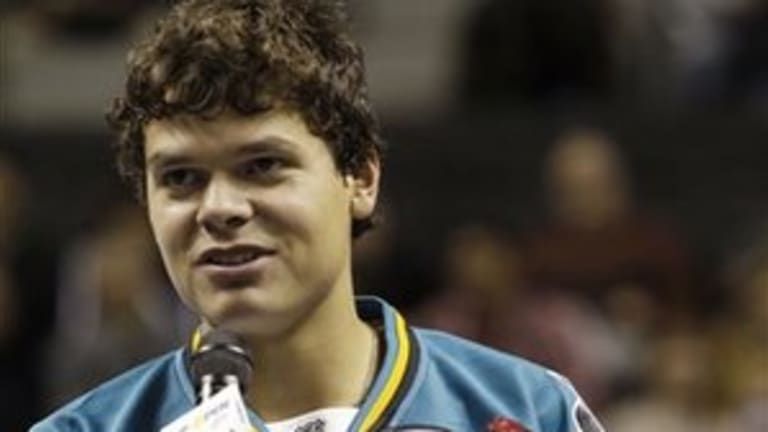by Pete Bodo
Sandwiched into all that good news this past week about prize money increases at the French Open and Wimbledon, and the "dream Fed Cup final" that was realized when Serbia finally played up to its potential, was a bit of news that is demoralizing to U.S. tennis fans and administrators, even as it leads to rejoicing in certain precincts of Rio de Janeiro, Brazil.
The already anemic two-event U.S. indoor winter "tour" has been downsized. By 50 percent.
Remember the days when a robust winter season was kicked off by the greatest of all indoor events, the U.S. Pro Indoor in Philadelphia?
Now, one of those two stragglers, Memphis, is moving to Rio. And the other, the San Jose event, is re-locating to Memphis. This was not as complicated a deal as it may appear, as the same entity (San Jose Sports and Entertainment Enterprises) own both events—at least it did until it sold its Memphis sanction to IMG and its Brazilian partner EBX, enabling the ATP to launch the new Rio event in what has been an intriguing but generally problem-laden geographical frontier for the game.
Let's leave that issue for another time and take a moment to mourn what we're losing. As Dick Gould, a college coaching icon who developed countless top pros at Stanford, told the San Jose Mercury News: "It's a sad day in tennis in the Bay Area. It's going to hurt the area. It's something that we will feel."
It's funny, but we don't tend to think of tennis tournaments as living, organic entities. But in some ways that's just what they are, rising and falling like empires. This is obscured by the fact that almost every event has a bloodless, nakedly commercial mission—as evidenced by its name (in San Jose's case, most recently it's been the SAP Open). There's nothing very warm and fuzzy about business management software solutions, which is SAP's line of work. But while title sponsors come and go, and a different luxury car-maker gets to flood local streets bearing the likes of Roger Federer and Mardy Fish and Fernando Verdasco, almost every tournament has a rich history. A life, if you like.
And few tournaments have CV's as colorful as that of San Jose, which is the fifth-most long-lived of all the tournaments on the pro tour. It's been played continuously since 1889. If you only know this event in its current manifestation, as a rather lowly ATP 250 that has had trouble attracting the top European players—which unfortunately means most top players—you're missing out on a lot of tennis history.
"San Jose" began and spent most of its history as the Pacific Coast International Tennis Championships, first played at the Hotel del Monte in Monterrey, Ca., 11 years after the first Wimbledon Championships. The PCIC quickly became the leading tournament in the American west, including that tennis hotbed, California.
The event eventually moved to the California Tennis Club and later at the historic Berkeley Tennis Club, where a 22-year stint came to an end in 1972, shortly after the dawn of the Open era. Former pro Barry MacKay took the event to a more capacious venue—San Francisco's funky Cow Palace, the former California State Livestock Pavilion that would attain even greater fame as a venue for pro sports and music extravaganzas.
The list of champions from the Cow Palace era (1974-1993) includes Arthur Ashe, John McEnroe (four times), Andre Agassi, Ivan Lendl, and Michael Chang. In 1994, San Jose (with it's new HP Pavilion arena) became the last stop for this event. American tennis was strong then, and the tournament chugged along. But as American tennis faded, the tournament became a tough sell (Andy Roddick did his part, though, winning San Jose three times). A number of other factors eventually came into play as well, among them small crowds and the inconvenience imposed on the National Hockey League's San Jose Sharks, also owned by SJSEE, who are habitually forced to to take a two-week road trip to accommodate the tournament each year.
The promoters have promised to keep the tradition of Bay Area tennis alive in the coming years (next year will be the 125th anniversary of pro tennis there), probably through exhibitions. Somehow, it just doesn't have the same ring as SAP Open. . . never mind Pacific Coast International Championships.
It's another sad day for American tennis.
